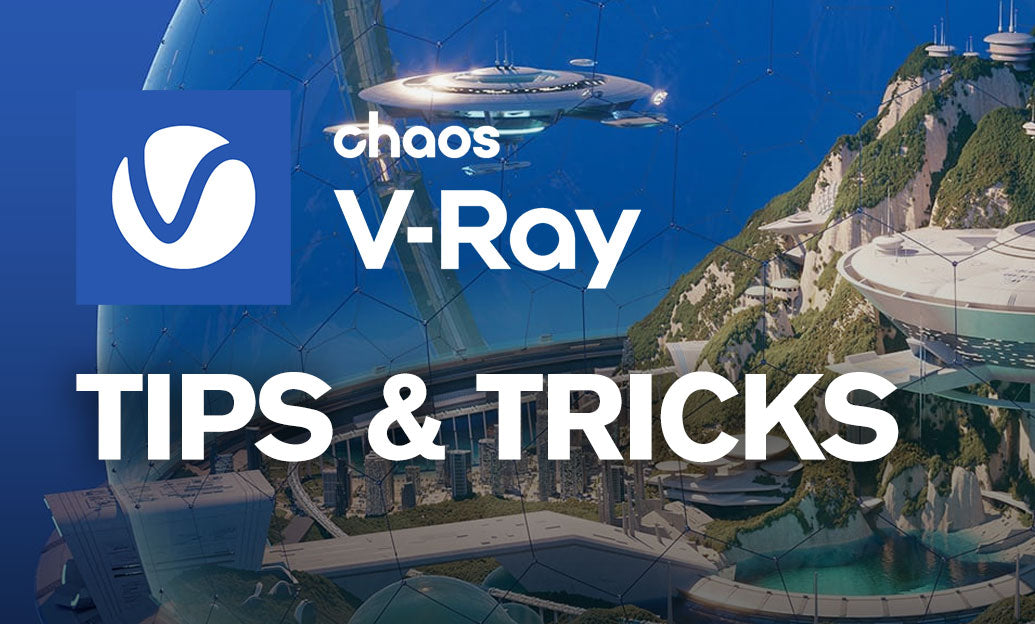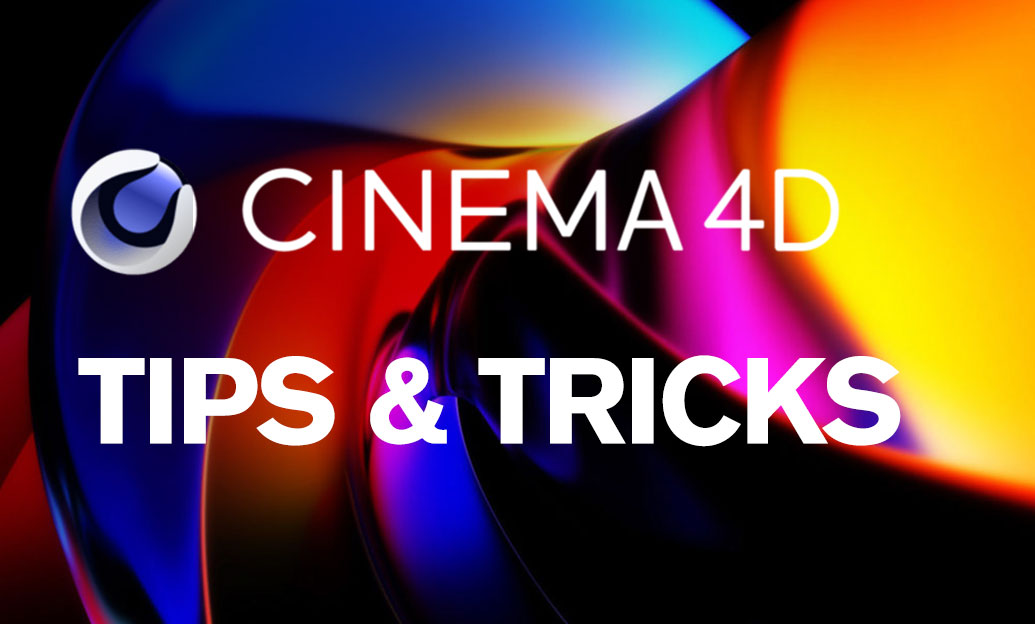Your Cart is Empty
Speed up lookdev and approvals by using the V-Ray Frame Buffer’s Regions and History for quick, objective comparisons. These tools reduce guesswork and keep your decisions data-driven. Brought to you by daily production practice—and if you need licenses or guidance, check out NOVEDGE.
Set up History once, benefit forever
- Enable History in the VFB and point it to a fast local SSD folder. Keep it inside your project for portability.
- Limit history size by item count or disk space to prevent bloating. Clean-up is automatic when limits are reached.
- Auto-save on render completion so every iteration is captured without extra clicks.
- Store all render elements to keep comp flexibility; use notes on each history item to record changes (camera, exposure, shader tweaks).
Compare renders like a pro
- Use A/B Compare with the wipe slider for immediate visual validation of lighting, materials, and exposure changes.
- Switch to side-by-side views for client reviews or dailies—keep one “baseline” and iterate against it.
- Sync VFB color corrections between the current image and a history item to ensure apples-to-apples comparisons. If needed, temporarily disable correction layers to judge raw beauty passes.
- Probe pixels in both versions to read exact values and confirm that perceived changes match measurable differences.
Region workflows that save hours
- Create regions by Ctrl+drag (or use the VFB region button) to iterate only on hot spots (skin highlights, fabric micro-roughness, caustic edges, noisy glossy reflections).
- Use multiple small regions to validate diverse problem areas at once—windows, metals, foliage—without re-rendering the entire frame.
- Pair region rendering with IPR for near-instant feedback; add a denoiser for rapid readability during lookdev.
- Clear regions before final frames to ensure full-frame sampling and consistent noise distribution.
Quality control and consistency
- Keep exposure and white balance locked while comparing items; change only one variable at a time.
- Match sampling targets (noise threshold/time limit) across tests so performance and quality deltas are fair.
- Use a reference baseline in History marked with notes like “approved lighting” or “gold material v3” for team-wide clarity.
- Add a frame stamp (camera, frame, noise, render time) for objective report-back in dailies.
Team and pipeline tips
- Place the history folder in your project structure and sync with your team so everyone can A/B against approved baselines.
- Archive key milestones to a versioned folder; keep only active WIP locally to stay lean.
- When handing off shots, export the current image plus its VFB color corrections, and include the related history entries for context.
The result: faster iterations, cleaner decisions, and fewer re-renders. For V-Ray licensing, upgrades, and expert purchasing support, visit NOVEDGE or explore their V-Ray offerings directly at NOVEDGE’s V-Ray collection.






